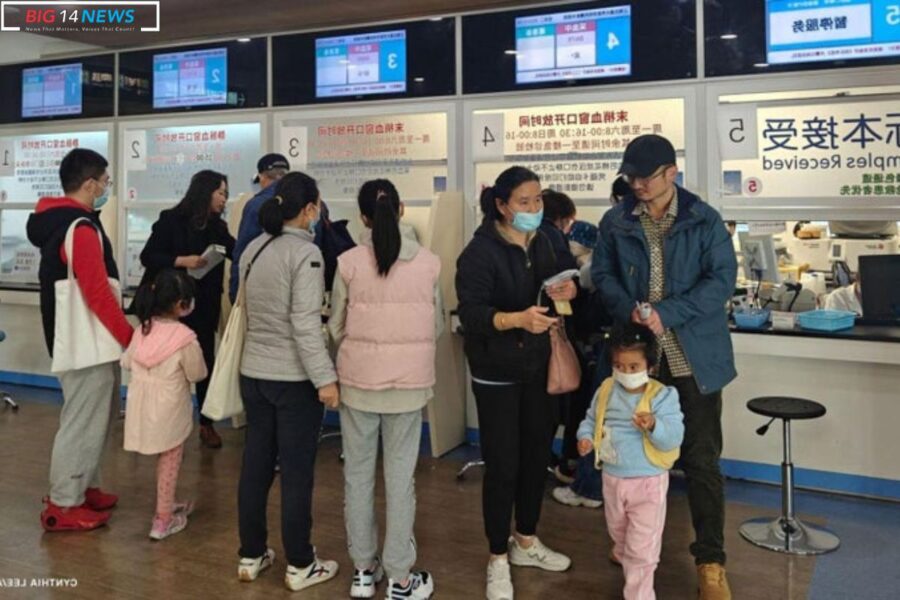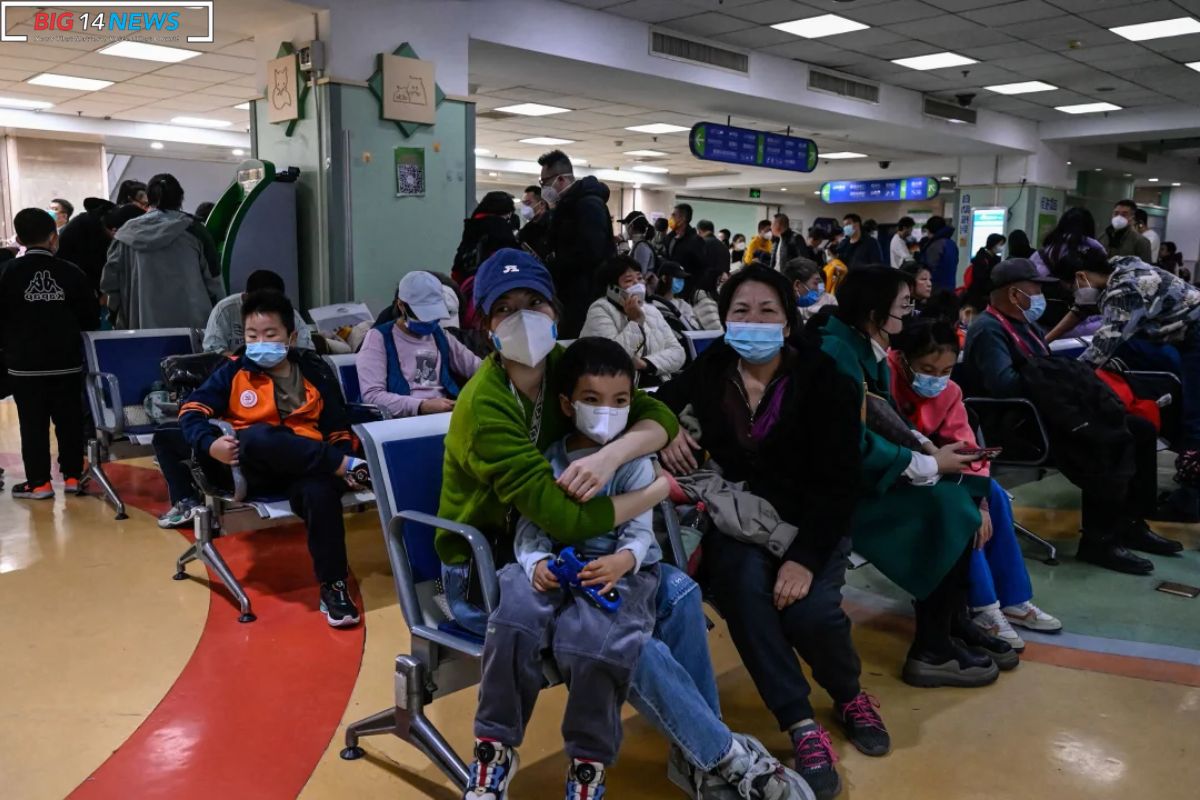Seasonal Respiratory Illness Surge in Chinese: Chinese health authorities assured the World Health Organization (WHO) that the surge in children’s respiratory illnesses in the northern part of the country is attributed to typical seasonal germs rather than any novel pathogen. Following a request for more information, WHO conducted a teleconference with officials from the Chinese Center for Disease Control and Prevention and the Beijing Childrens Hospital.
The Chinese officials reported an increase in cases of children seeking medical attention or being hospitalized for Mycoplasma pneumoniae pneumonia, a common infection in younger children treatable with antibiotics. Since October, there has also been a rise in doctor visits and hospitalizations for RSV, adenovirus, and the flu. While some increases occurred earlier than usual, WHO deemed them “not unexpected.”
Similar trends in respiratory illnesses were observed in other countries after the easing of Covid-19 restrictions. Scientists suggest that the immunity gap created by the restrictions ending may have made people more susceptible to infections, as seen in the United States with an early surge in RSV cases among kids.
China’s zero-Covid policy, involving strict lockdowns, quarantines, mass testing, and contact-tracing, concluded in December. During the teleconference, Chinese officials reported enhanced surveillance of respiratory illnesses contributing to the reported cases.


ALSO READ: COVID Surge Hits Madison County: Despite High Vaccination Rates Health Experts
Despite the spike, China stated that hospitals are not overwhelmed. WHO has been monitoring data since mid-October, initially noting an increase in respiratory illnesses in northern China. reports hinted at a “widespread outbreak of an undiagnosed respiratory illness,” but Chinese officials emphasized that the symptoms were consistent with typical winter viral and bacterial respiratory infections.
During this upswing in respiratory illnesses, WHO advises people in China to take measures to reduce infectious disease spread, including staying home when sick, wearing masks when appropriate, and maintaining good hand hygiene. Travelers are not recommended to change plans unless unwell.
Also Read: Kourtney Kardashian Surprise Pregnancy Unveiled: The Kardashian-Jenner Reactions
Our Reader’s Queries
Which disease is spreading in China?
A mere 4 years back, an enigmatic lung sickness began to circulate in China (SARS-CoV-2), and the government’s lack of openness resulted in other nations losing crucial time to get ready. In Beijing, anxious parents trying to get aid for their children must wait at least a day, even for urgent treatment.
What are the symptoms of the Chinese flu?
The infection typically resolves on its own and is akin to a regular flu virus, often manifesting with pink eyes. Additional symptoms may consist of elevated body temperature, cough, throat discomfort, body and muscle pain, queasiness, bowel issues, and a congested nose.
What are the symptoms of pneumonia in China?
Frequently called “walking pneumonia” nowadays, this condition presents with symptoms such as cough, fever, shortness of breath, chest pain, and fatigue.
What diseases are common in China?
Stroke, heart disease caused by narrowed arteries, COPD, a lung condition that obstructs breathing, and stomach cancer, a harmful growth in the stomach, are just some of the health issues that people may face. Alzheimer’s disease, a condition affecting memory and thinking skills, and colorectal cancer, a cancer of the colon or rectum, are also common health concerns. Hypertensive heart disease is another condition related to high blood pressure and its effects on the heart. These are just a few examples of the serious health issues that many individuals may confront.

